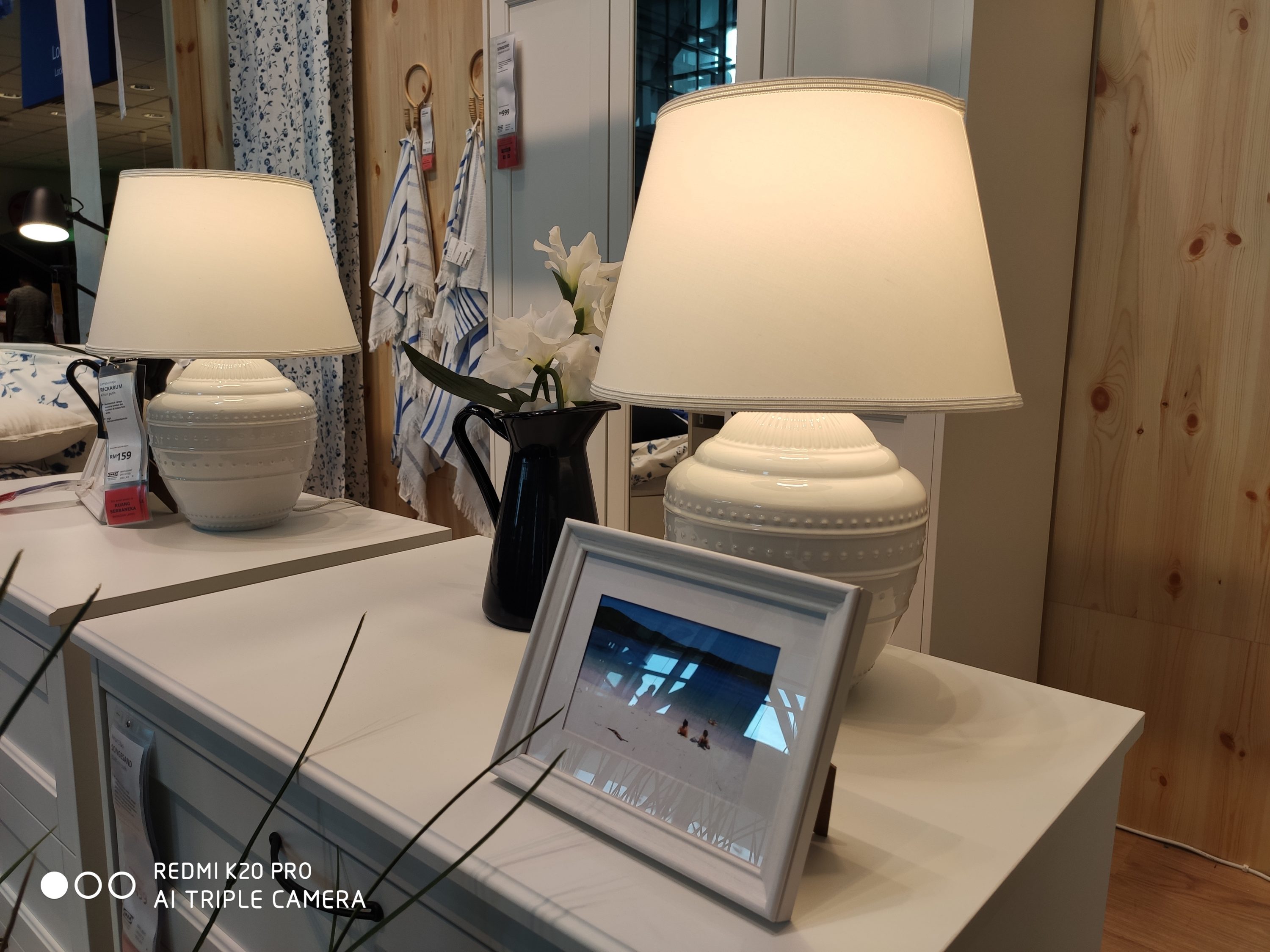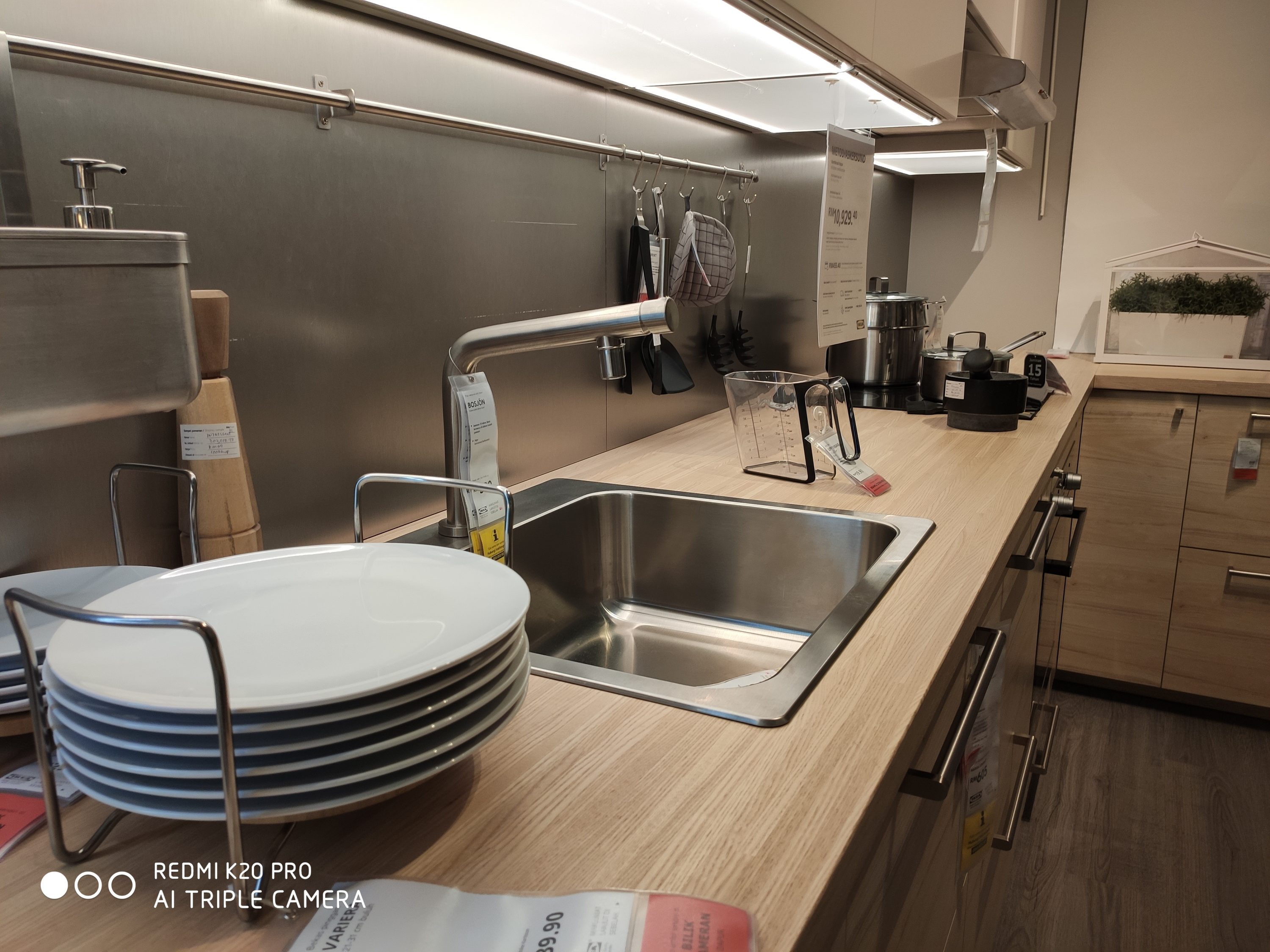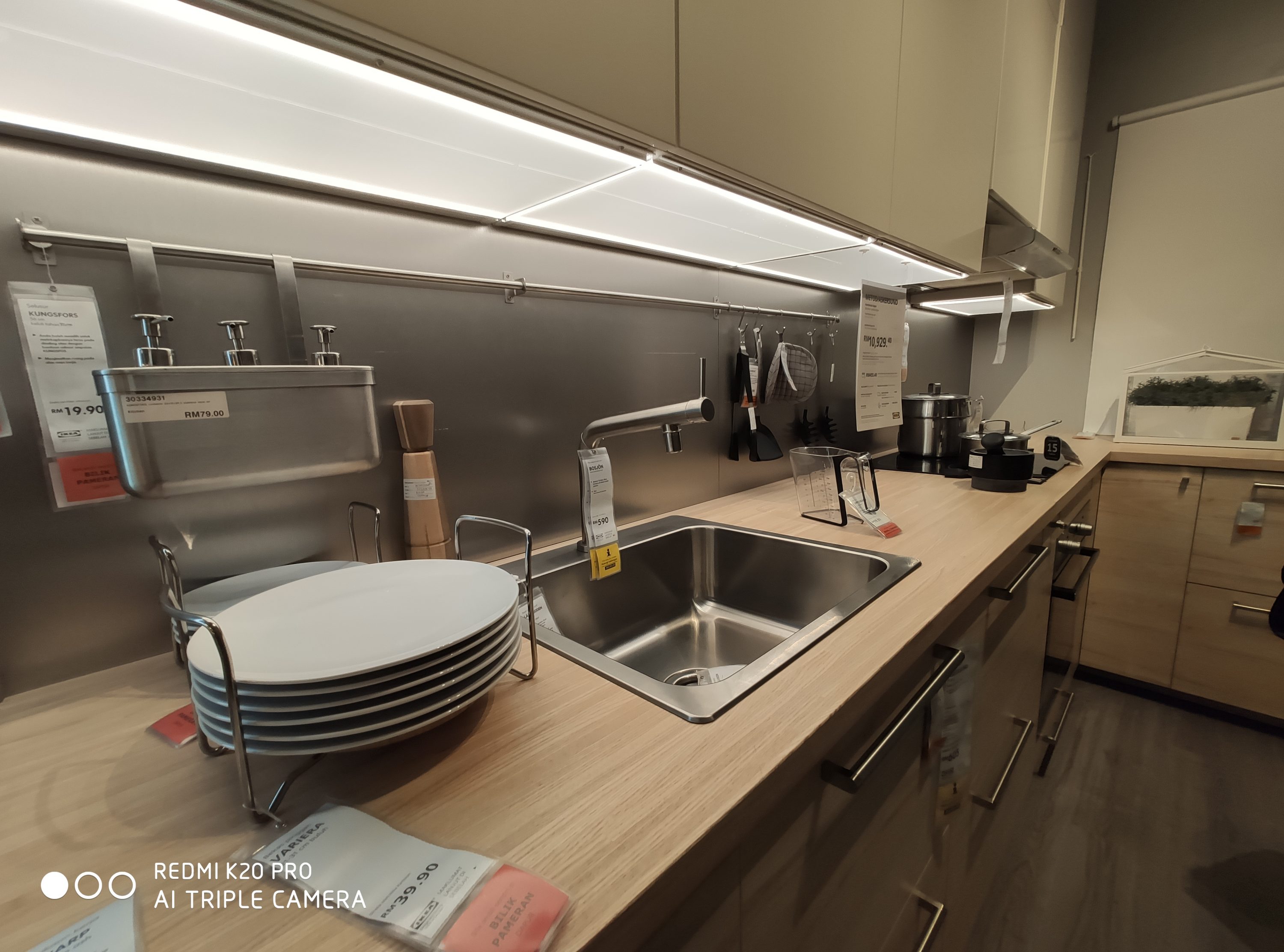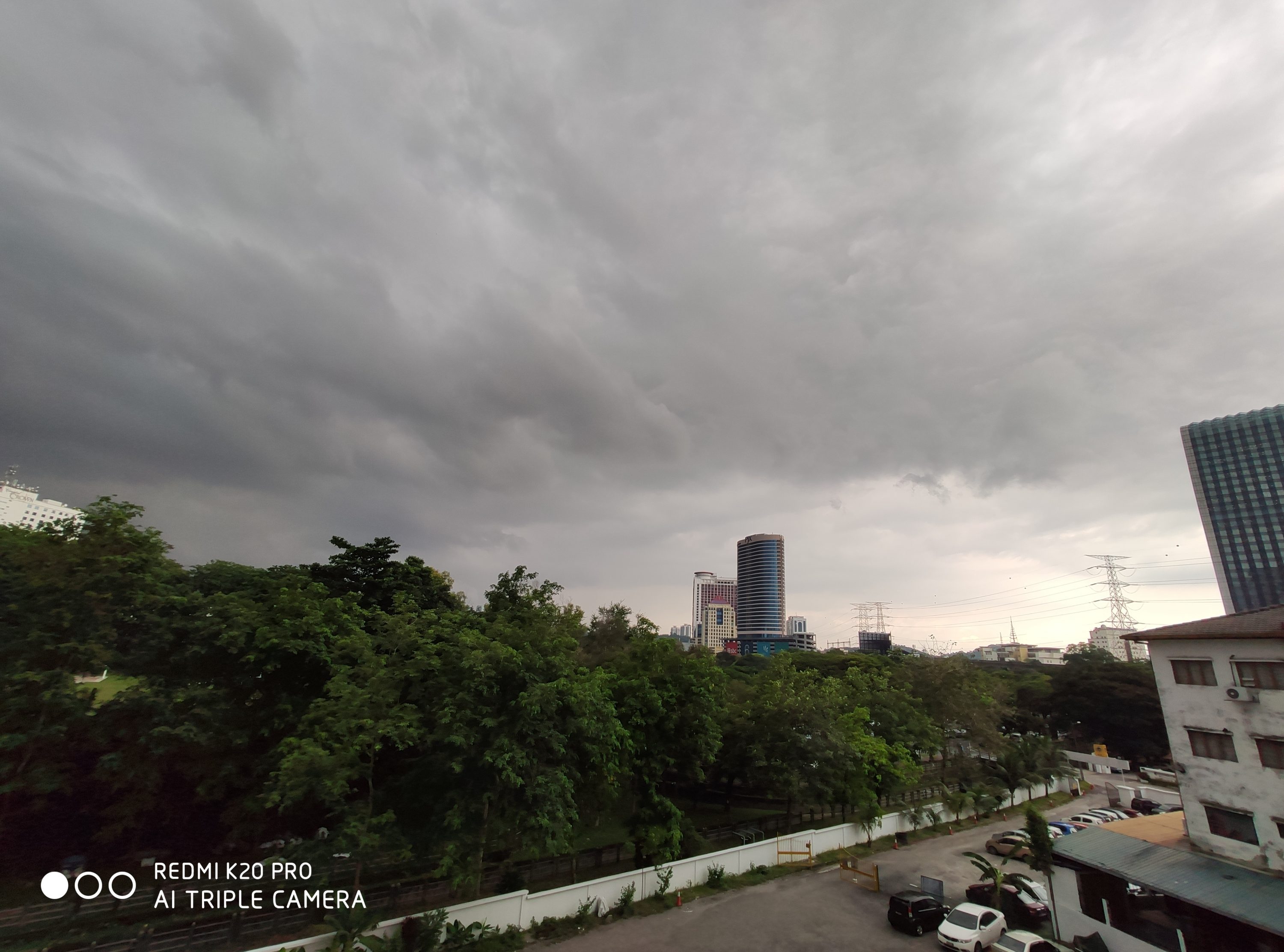We don’t forget the disruptors. The ones who shake the very foundation of what we thought was realistically possible. That’s why for many of us in the tech community, we haven’t forgotten a device like the Pocophone F1. It was an incredible smartphone less because it was incredible as a phone, but more because of what it showed the world — that we could have a lot more for less. Something some former disruptors have apparently forgotten.
But while many of us pined for a follow up device from the Xiaomi sub-brand Pocophone, an F2 never surfaced. That said, it looks like we may have the next best thing, and it comes in the form of a Redmi smartphone — the Redmi K20 Pro. And boy does it look like a fitting spiritual successor.
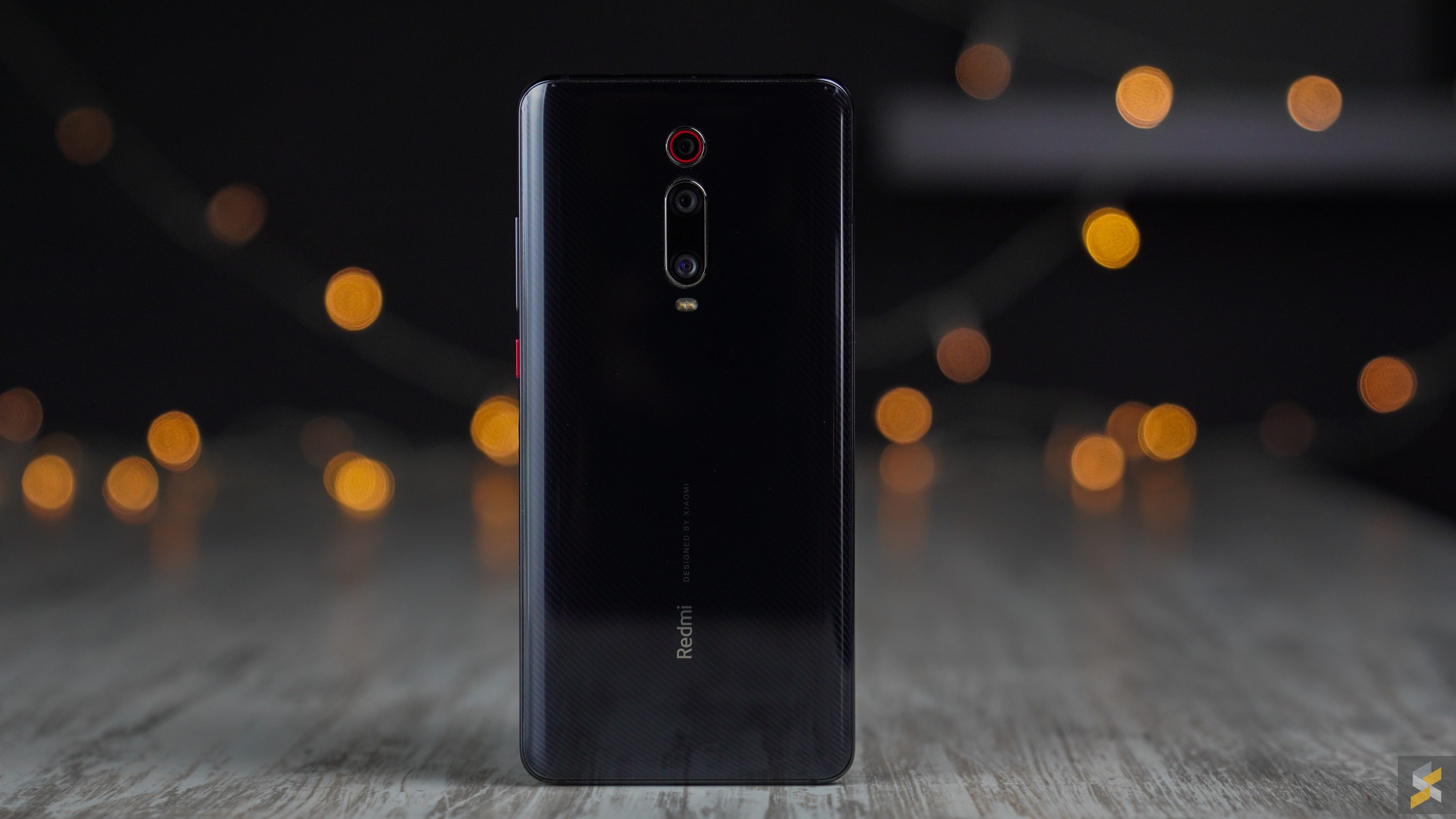
A powerhouse smartphone
Don’t get me wrong, the Pocophone F1 was never the perfect smartphone. It had its own set of problems from a plasticky body, a lacklustre camera, a screen that you couldn’t view with polarised sunglasses, and a lack of NFC, among others. But, thanks to its excellent performance, large battery, and incredible price point, the enthusiasts fell in love with it. And the Redmi K20 Pro keeps a lot of that spirit.
Inside, this smartphone is a true flagship powerhouse. It’s powered by a Qualcomm Snapdragon 855 processor that’s mated to up to 8GB of RAM and 256GB of internal storage — which when paired with the well-optimised MIUI Android skin, makes this smartphone feel really zippy.
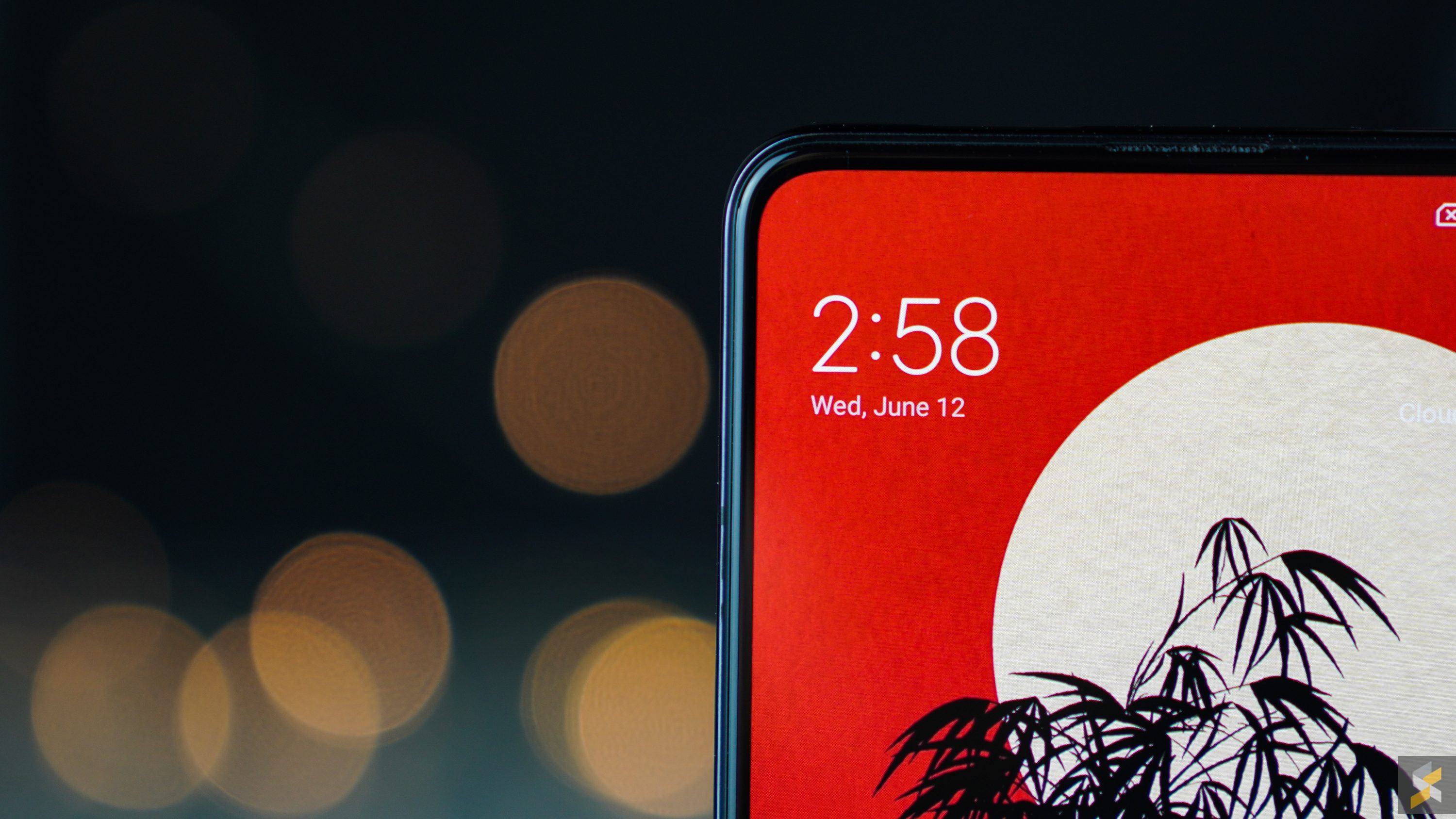
Up front, the K20 Pro ditches its notch, which is something many will appreciate. But, that means that it replaces the notch with a motorised pop-up selfie which is often a point of contention among smartphone users. I personally have never had a motorised camera fail on me yet, so I’m definitely for this change.
That’s because it opens up the opportunity to slap even slimmer bezels around the Redmi K20 Pro’s stellar AMOLED display. It pushes a Full HD+ resolution across 6.39 inches of screen real estate, but it doesn’t feel particularly big in the hand. It feels relatively comfortable, and I think that has a lot to do with how Xiaomi has designed the smartphone’s ergonomics.
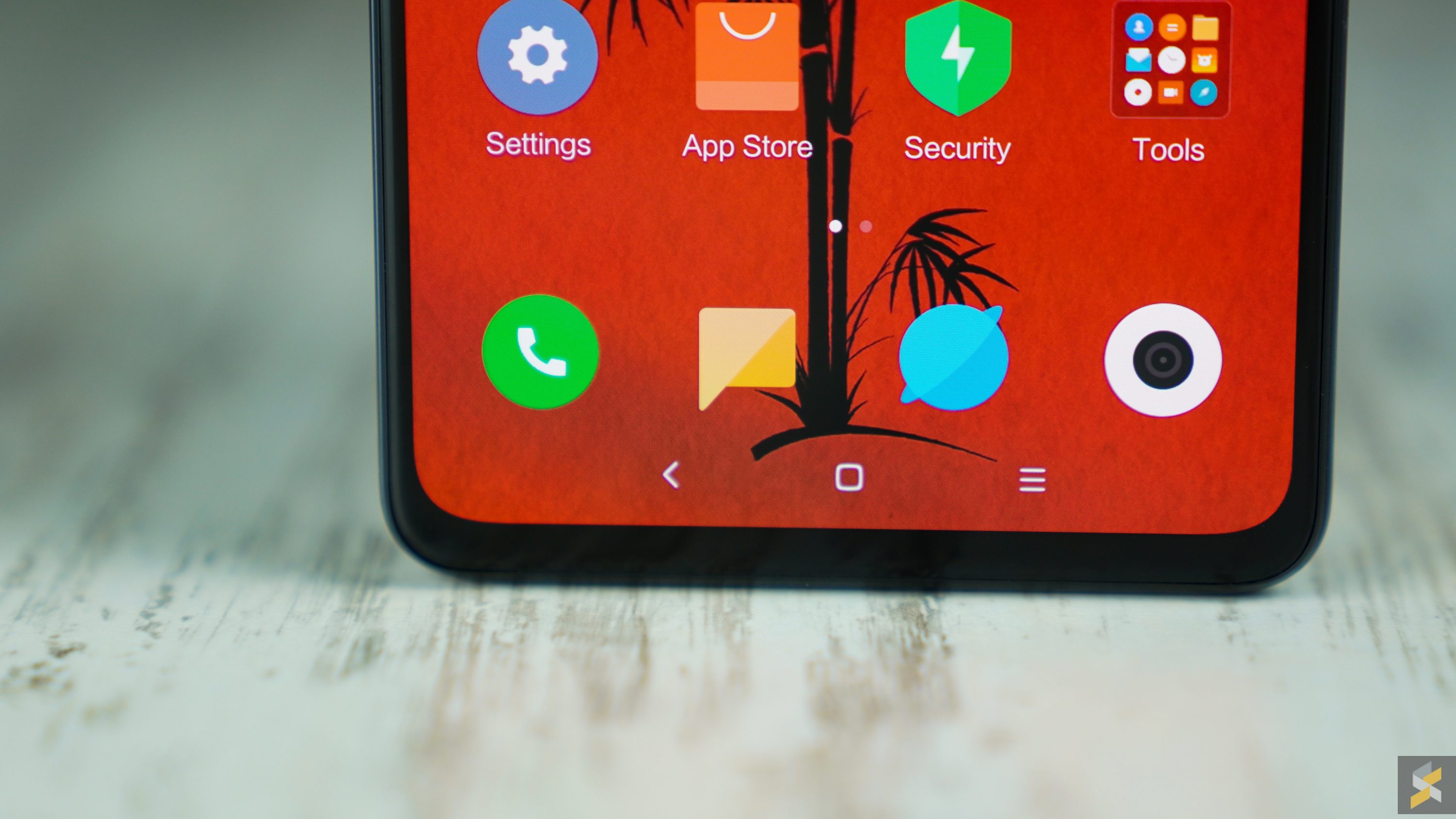
Unlike the company’s Mi 9 flagship, the Redmi K20 Pro isn’t wafer thin at the edges, so it’s a lot more comfortable to grip in the hand even though it has practically the same footprint. So, while I found the Mi 9 to be a little unwieldy, the K20 Pro feels secure in my hand.
And that added thickness isn’t just for comfort. It’s also there because the Redmi K20 Pro has a much bigger battery than something like the Xiaomi Mi 9. Inside, the device is packing a 4,000 mAh battery. Now, I was already pretty impressed with what the Mi 9 was able to eke out of a 3,300 mAh cell and a Snapdragon 855 processor, so I’m looking forward to see what the Redmi K20 Pro can do with 700 extra milliamp-hours.
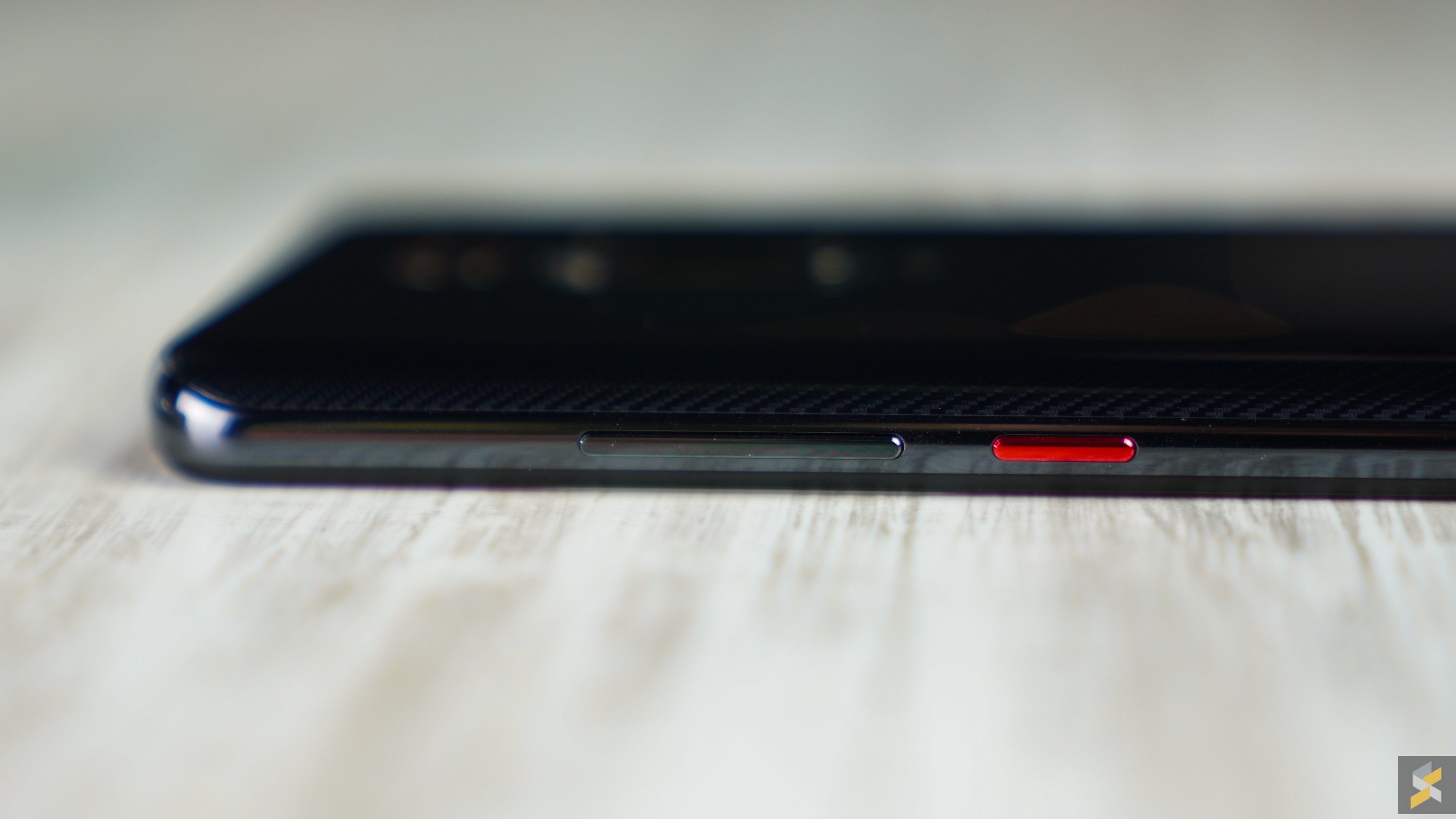
Not just a spec-sheet monster
But Xiaomi didn’t just bring the Pocophone into 2019 with the Redmi K20 Pro, they also took this opportunity to shore up some of the Pocophone F1’s bigger weaknesses. And they started with the body.
Gone is the cheap plasticky shell that adorned the F1, and in its place is a premium glass finish with some kind of pattern sitting under the glass. On the black one I have here, there’s what appears to be a sexy carbon weave that I think looks really cool. But, Amin tells me that he doesn’t think it’s actual carbon fibre because the weave is too small, and you can’t get it that small if it’s a real carbon weave.
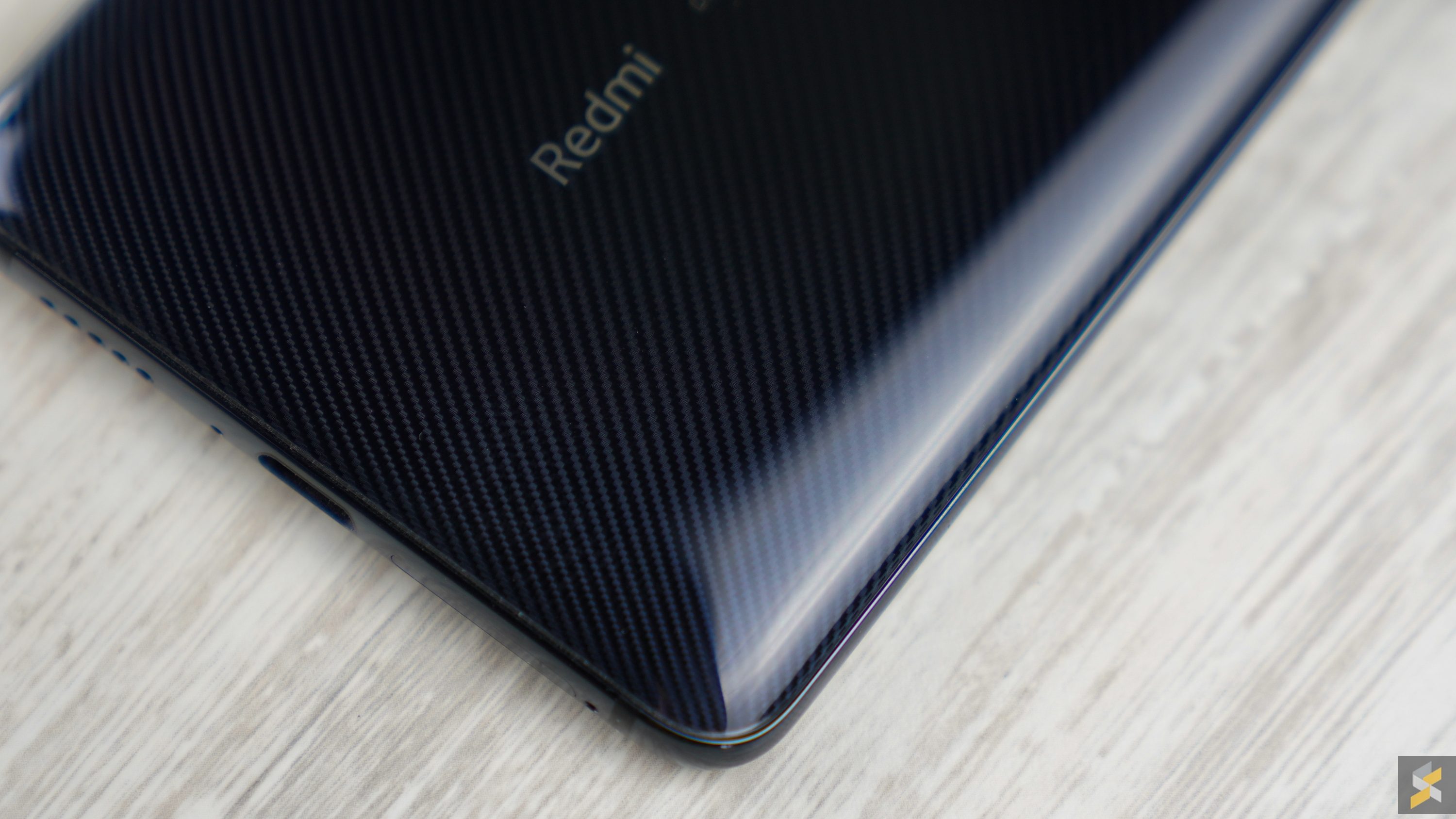
Regardless, the key takeaway here is that the phone feels really good in the hand. The buttons are clicky, the glass gives it that expensive finish, and the weave pattern adds a little pizzazz to what is otherwise the most boring colour. It reminds me a lot of the OnePlus 6/6T, and that’s a good thing.
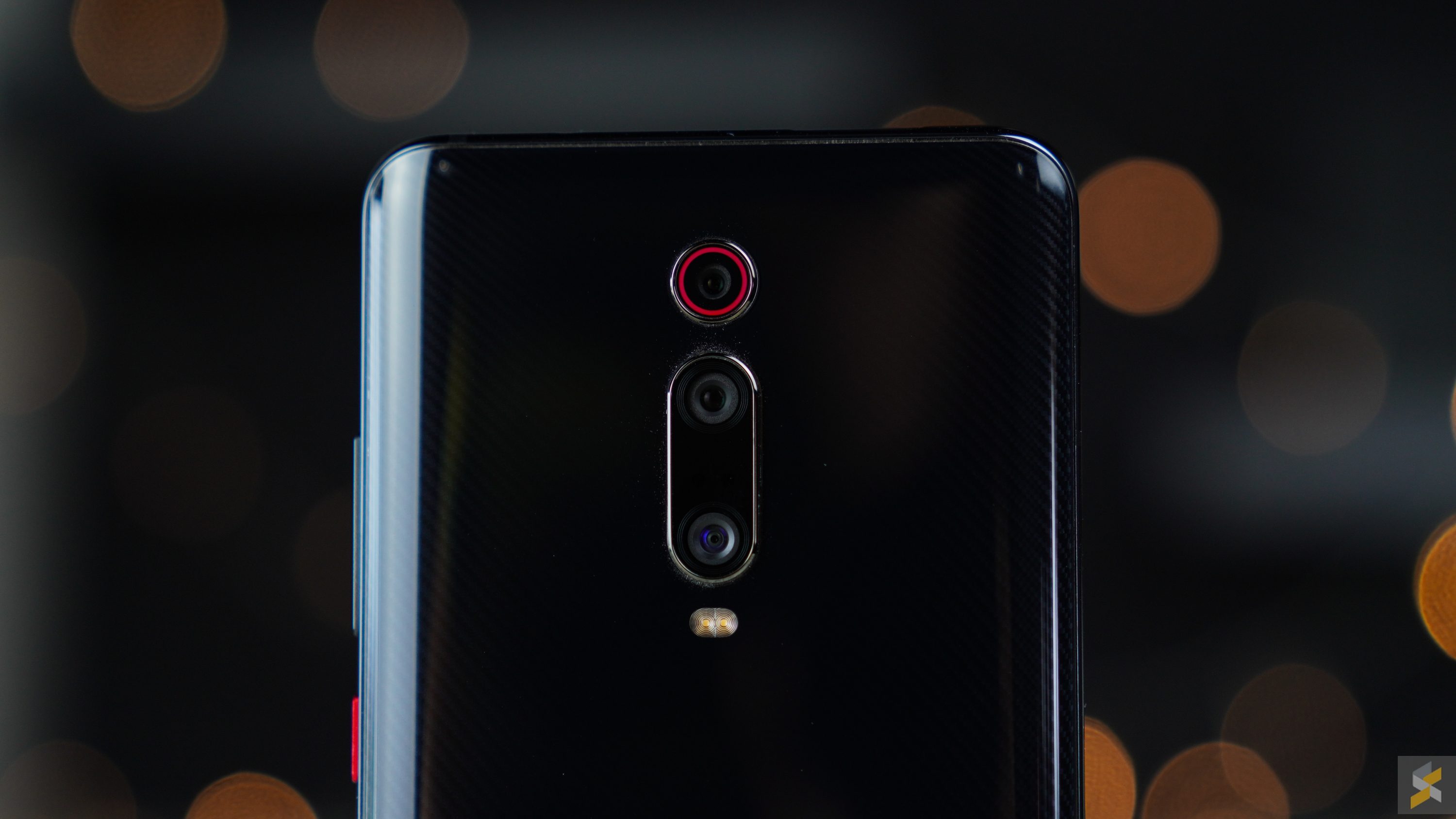
A promising triple camera
Xiaomi also took the liberty to up the ante when it comes to photography. On the K20 Pro, you’re getting the kind of triple camera module you’d typically find in most of today’s modern flagship smartphones. The star of the show is the 48MP Sony IMX586 sensor with an f/1.75 aperture lens, but it’s also got an 8MP 2X telephoto camera and a 13MP ultra-wide camera for a little more versatility.
From my initial impressions, the camera looks pretty solid. The main sensor has plenty of detail, while the secondary cameras perform about as well as you’d expect. I’d say that its images look pretty similar to the company’s flagship Mi 9, and that’s pretty good news. Of course, I have a camera comparison in the works that’ll compare both of these cameras, so we’ll see how they stack up then.
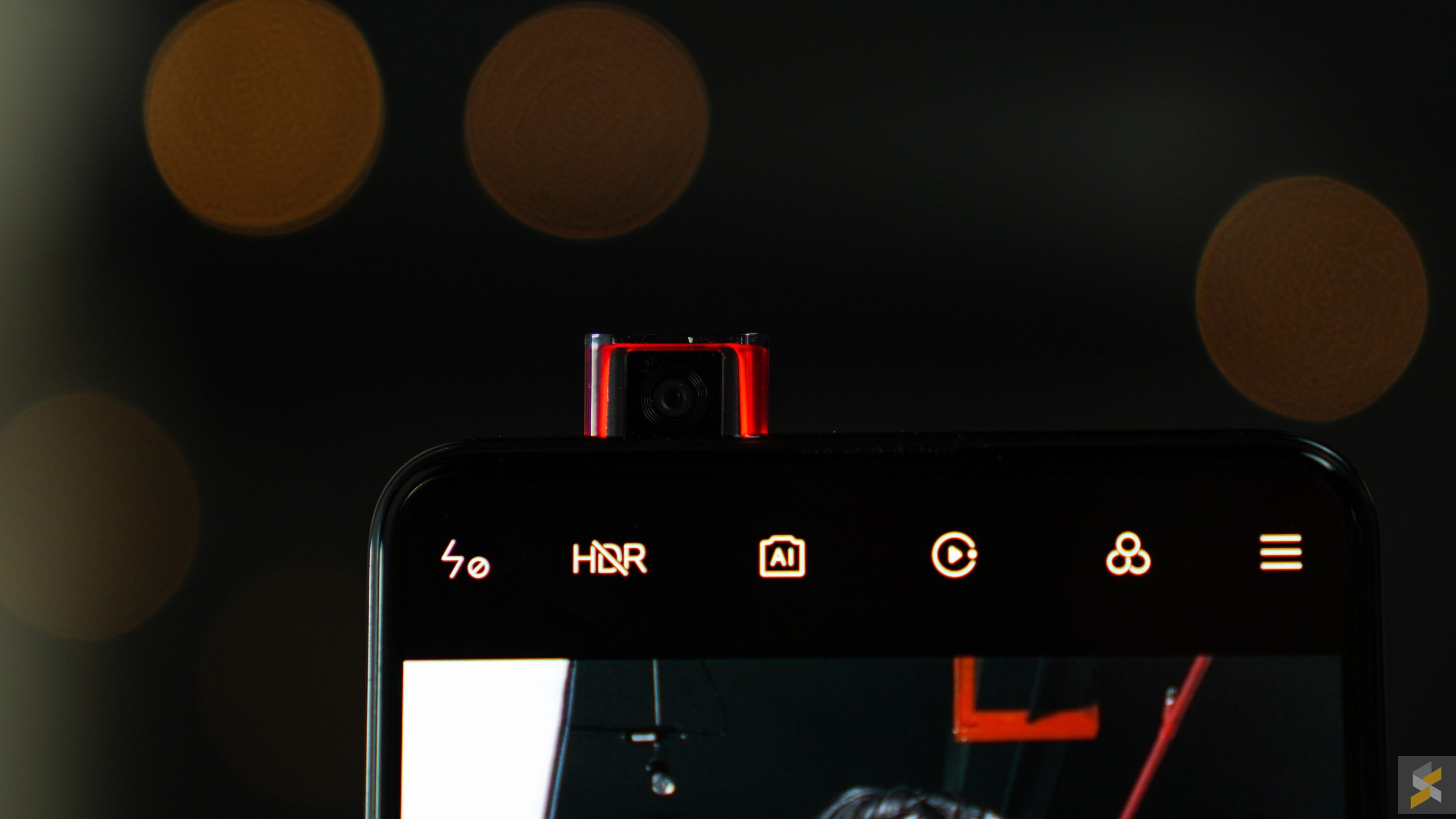
As I alluded to earlier, the Redmi K20 Pro features a motorised pop-up 20MP selfie camera — and it looks like Xiaomi wants you to know that. Every time the selfie camera emerges from its silo, the camera module is illuminated with coloured light. On the black version I have here, it uses a red light, but I’ve been told that the other colours have different coloured lights. Much like the customisable sound effects on other motorised camera smartphones, I don’t like this funky lighting effect. It looks really tacky and I can’t seem to find a way to turn it off in the settings.

But, I will admit that this is a personal preference thing, so I won’t judge you too much if you like this.
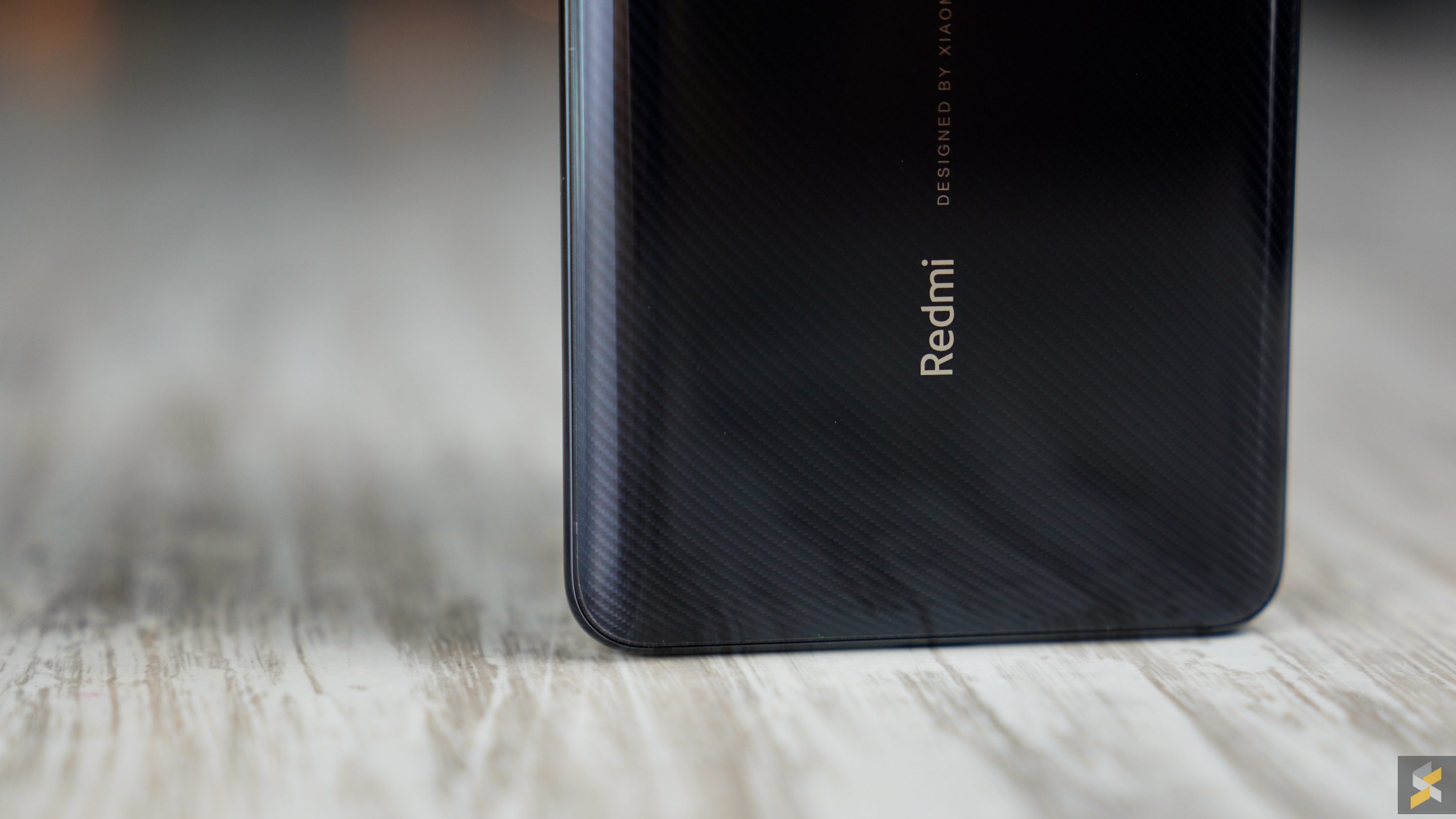
But, is it priced right?
With all of these upgrades, the Redmi K20 Pro looks like a proper successor to the Pocophone F1, whether that was the intention or not. However, the most important thing this phone needs to get right — if it was designed to take the Pocophone’s place in the market — is its price.
Unfortunately, I don’t have the Malaysian pricing for this smartphone — because we’re going to get the other variant — but if we were to go off its Chinese price, die hard Pocophone F1 fans might be a little disappointed.
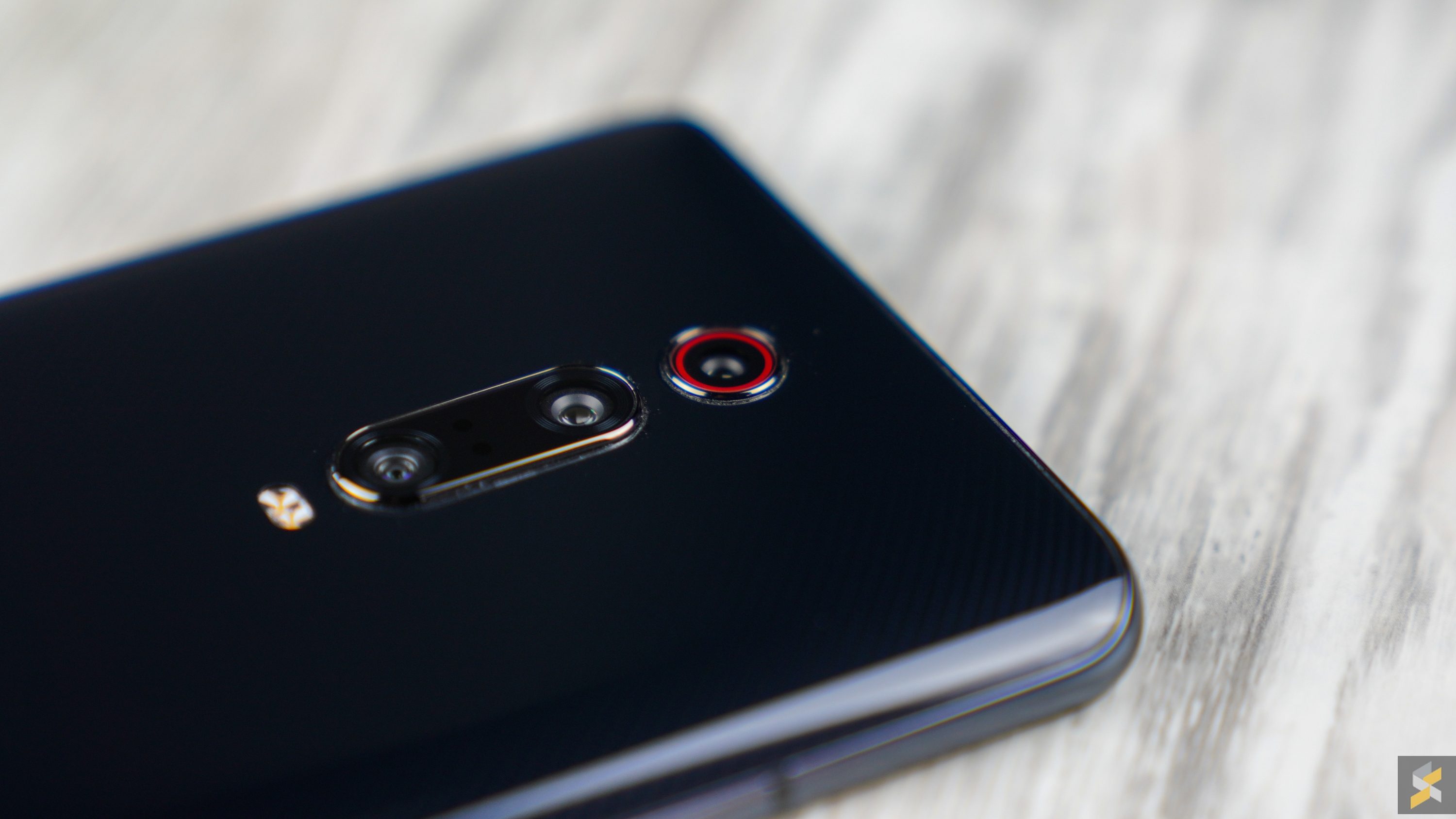
The K20 Pro starts at CNY2,499 for the 6GB RAM + 128GB storage variant, which puts it over RM1,500 if you convert directly, and it goes all the way up to CNY2,999 for the 8GB+256GB variant which puts it above RM1,800. As a comparison, the Pocophone F1 started at RM1,299 (6GB+64GB) when it launched in Malaysia, with the top-spec variant retailing at RM1,499 (6GB+128GB).
Granted, it is a lot more smartphone than the Pocophone F1, but pushing this class of device over the RM1,500 mark may leave a bad taste in some people’s mouths.
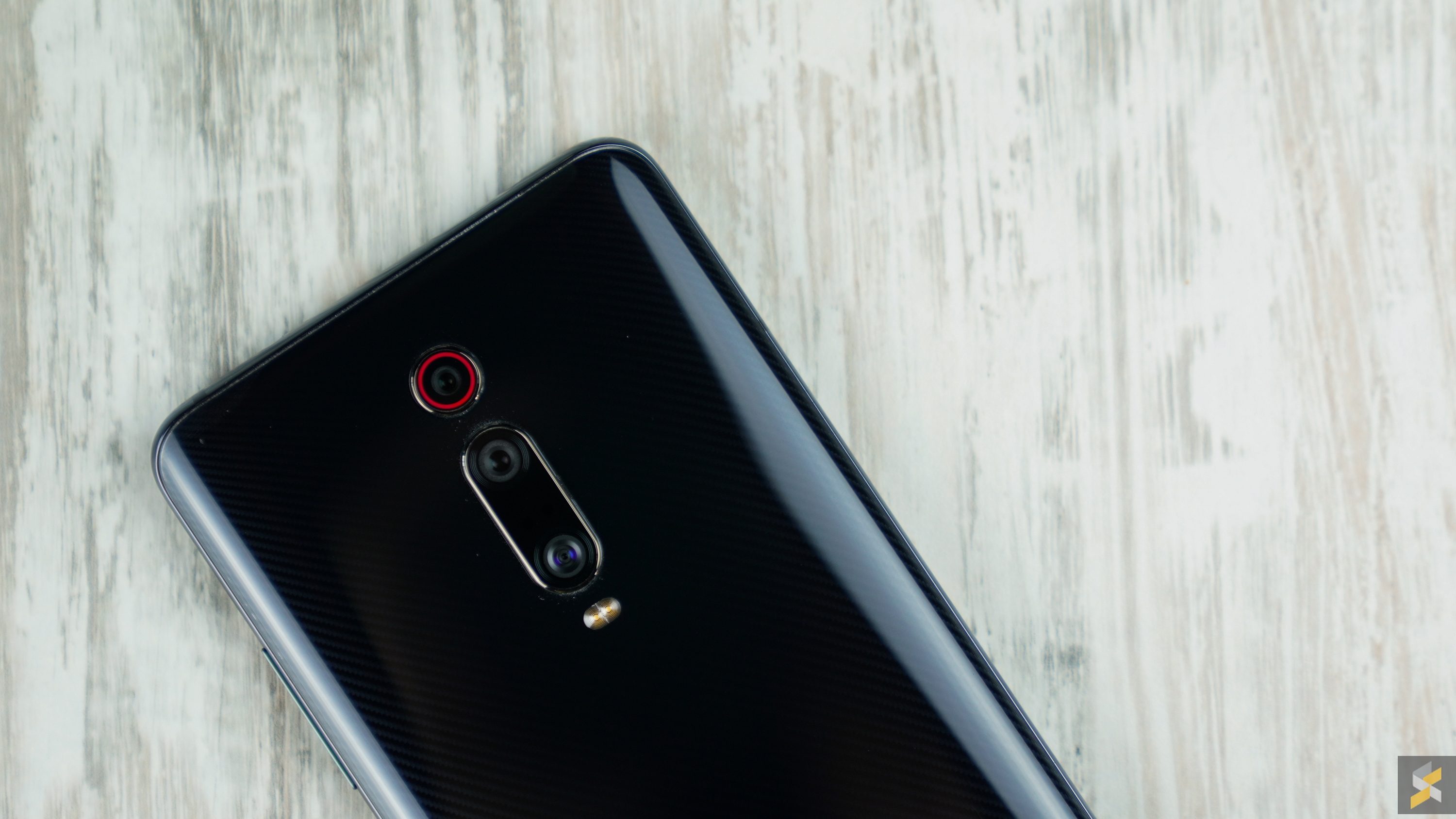
But, if you ask me, I think this price hike is certainly justified especially when you compare it to something like the Mi 9. Spec-for-spec, it matches and even surpasses the Mi 9 in some aspects (the big one being battery), while also retailing lower than one of the most affordable flagships in the market right now. That’s not a small feat at all, especially considering the fact that they did that while retaining features like the 3.5mm headphone jack.
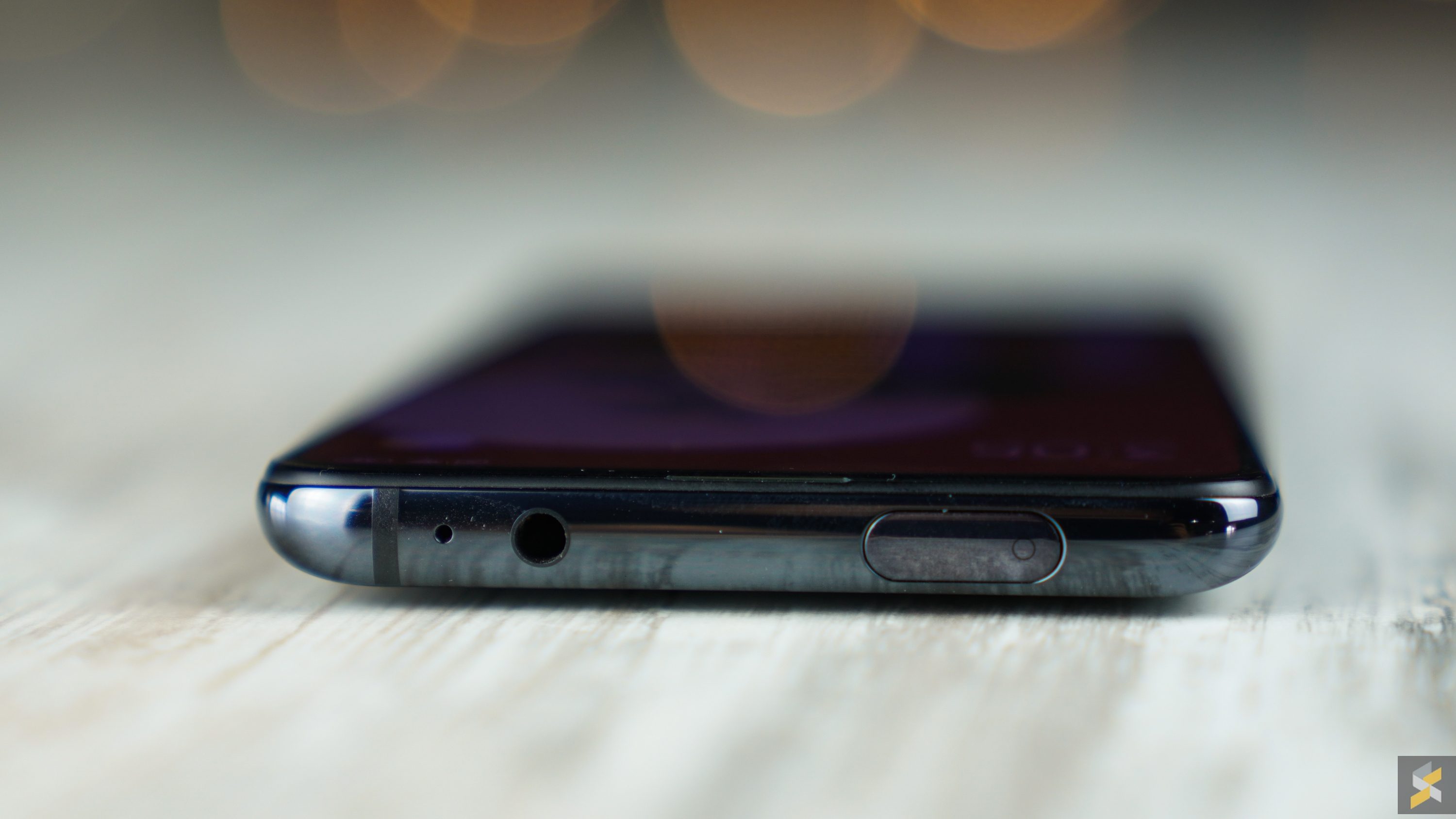
I do wish that the entry-level device could be kept below RM1,500, but I doubt that will ever be the case because the K20 Pro has a more affordable sibling called the K20. And, from the looks of things, that device is the one designed to sit in that affordable mid-range segment.
Now, it’s worth noting that the Redmi K20 series won’t be coming into Malaysia as the Redmi K20. If past reports are any indication, it looks like it’ll be renamed to the Mi 9T series when this phone launches globally, but we don’t know if we will be getting both the basic and the pro version. It would be rather unfortunate if we don’t get the pro version because despite the increase in price, this K20 Pro/Mi 9T Pro is the closest thing we’re getting to a Pocophone F1 successor right now.
I’d also like to thank Mobile2Go for sending us the Redmi K20 Pro. If you’d like to pick one up yourself, you can do so at Mobile2Go. Keep in mind that this is an imported set, so it doesn’t come a Xiaomi Malaysia warranty.
Photography by Rory Lee on the Sony a6400.


